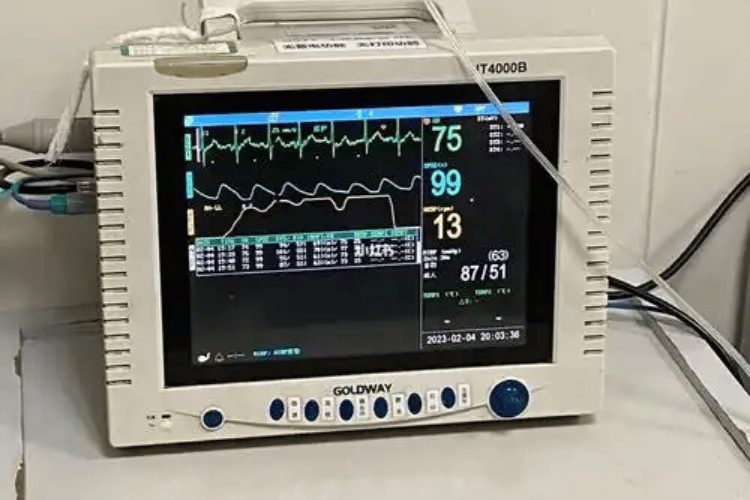
Key Metrics for Effective CPR and AHA Compliance
Chest compression feedback devices have revolutionized cardiopulmonary resuscitation (CPR), providing real-time guidance to rescuers during one of the most critical moments in emergency care. While performing CPR correctly is vital, even trained professionals can struggle with consistency under stress. These devices eliminate guesswork by monitoring essential metrics, ensuring every compression adheres to American Heart Association (AHA) guidelines and maximizes the chance of survival.
Hospitals, EMS teams, and public AED stations increasingly rely on feedback technology to improve CPR quality. But what exactly do these devices track, and why does each parameter matter? Let’s dive into the science behind chest compression feedback and how it bridges the gap between intention and life-saving action.
1. Compression Depth: The Foundation of Effective CPR
Optimal Depth: 2–2.4 inches (5–6 cm) for adults
Why It Matters
- Too shallow (<2 inches): Inadequate blood flow to the brain and heart.
- Too deep (>2.4 inches): Risk of rib fractures, sternal injuries, or internal organ damage.
How Feedback Devices Measure It
Modern devices use accelerometers or force sensors to track sternum displacement. Real-time audio cues (e.g., “Push harder”) or visual prompts (LED indicators) guide rescuers to maintain ideal depth.
Advanced Insight: Depth Variability in Different Populations
- Pediatric CPR: Shallower compressions (about 1.5 inches or 4 cm).
- Obese Patients: May require slightly deeper compressions due to chest wall thickness. (Note: Most feedback devices default to adult settings; pediatric modes require manual adjustment.)
2. Compression Rate: The Rhythm of Life
Target Rate: 100–120 compressions per minute (CPM)
Why It Matters
- <100 CPM: Insufficient perfusion.
- >120 CPM: Incomplete chest recoil reduces cardiac filling.
How Feedback Devices Help
- Metronome integration: Audible beeps sync with the ideal rate.
- Digital displays: Show real-time BPM (e.g., “Speed up” if below 100).
Common Pitfalls
- Rescuers often accelerate unintentionally due to adrenaline.
- Fatigue leads to gradual slowing—feedback devices prevent drift.
3. Chest Recoil: The Often-Overlooked Critical Factor
Requirement: Full release between compressions
Why It Matters
- Incomplete recoil reduces venous return by up to 30%, drastically cutting cardiac output.
How Devices Detect Recoil Issues
- Pressure sensors identify residual leaning on the chest.
- Alerts like “Release fully” prompt corrections.
Pro Tip:
- Practice “hovering” hands 1–2 cm above the chest between compressions.
4. Hand Position & Consistency: Precision Matters
Ideal Placement:
- Lower half of the sternum (intermammary line for adults).
How Feedback Devices Assist
- Motion sensors detect off-center compressions.
- Consistency scoring: Flags erratic force or uneven depth.
Clinical Impact
- Correct hand position increases systolic blood pressure by 15–20% during CPR.
5. Additional Metrics in Advanced Devices
Some high-end models also monitor:
- Ventilation rate (if integrated with bag-valve masks).
- CPR pause duration (excessive pauses reduce coronary perfusion pressure).
- Team performance (for multi-rescuer scenarios).
FAQ: Addressing Common Questions
Q: What is the primary function of a chest compression feedback device?
A: The primary function of a chest compression feedback device is to monitor and provide real-time feedback on the quality of chest compressions during cardiopulmonary resuscitation (CPR).
Q: How does a chest compression device enhance chest compression feedback?
A: A chest compression device enhances compression feedback by measuring the compression rate and depth, ensuring that compressions are correctly delivered to achieve effective chest compressions.
Q: What are the benefits of using feedback devices during CPR?
A: The benefits of using feedback devices during CPR include improved chest compression quality, the ability to measure chest recoil, and the provision of immediate feedback to the rescuer, which helps maintain a high compression fraction.
Q: How do CPR feedback devices measure the effectiveness of chest compression?
A: CPR feedback devices measure the effectiveness of chest compression by tracking metrics such as compression rate, compression depth, and chest recoil, allowing rescuers to adjust their technique in real-time.
Q: How does visual feedback from a chest compression device assist rescuers?
A: Visual feedback from a chest compression device assists rescuers by providing clear indicators of compression quality, such as the depth of compressions and the rate at which they are delivered. This ensures that they can consistently deliver effective compressions.
Q: What is meant by 'full chest recoil' in the context of chest compression feedback?
A: 'Full chest recoil' refers to the complete return of the chest to its original position after each compression, which is essential for adequate perfusion during CPR. Feedback devices help ensure this by providing corrective feedback.
Q: Can a chest compression device impact the overall outcome of CPR?
A: Yes, a chest compression device can significantly impact the overall outcome of CPR by enhancing the quality of chest compressions, increasing the likelihood of spontaneous circulation returning, and improving survival rates.
Q: What should rescuers aim for regarding compression fraction during CPR?
A: Rescuers should aim for a high compression fraction during CPR, indicating the percentage of time compressions are being delivered versus the total time of the resuscitation attempt. Feedback devices assist in achieving this goal by minimizing interruptions.
Q: How does the depth of chest compressions affect CPR effectiveness?
A: The depth of chest compressions is crucial for CPR effectiveness; too shallow compressions may fail to generate adequate blood flow. Feedback devices measure the depth and guide to ensure that compressions are deep enough to be effective.
The Bottom Line: Data-Driven Saves Lives
Chest compression feedback devices transform CPR from “good enough” to AHA-optimized. By tracking depth, rate, recoil, and positioning, they:
- Increase survival rates by up to 50% in some studies.
- Standardize training for healthcare providers and bystanders.
- Provide actionable data for post-event debriefing.
For hospitals, EMS systems, and even home responders, investing in feedback technology isn’t just about compliance—it’s about turning every compression into a measurable step toward survival.



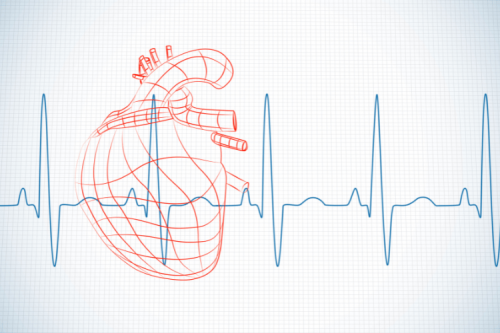
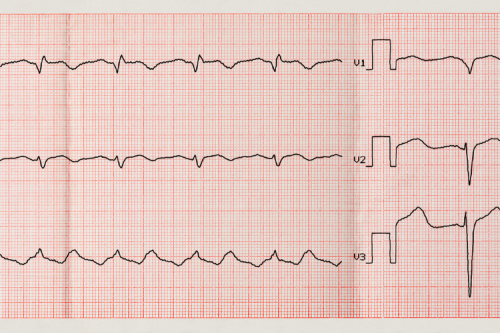

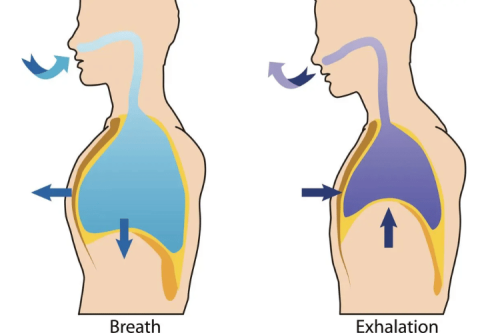
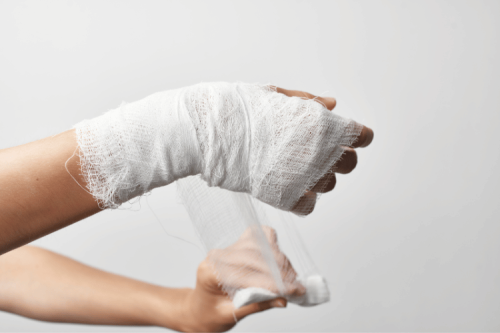
 Login with Google
Login with Google Login with Facebook
Login with Facebook